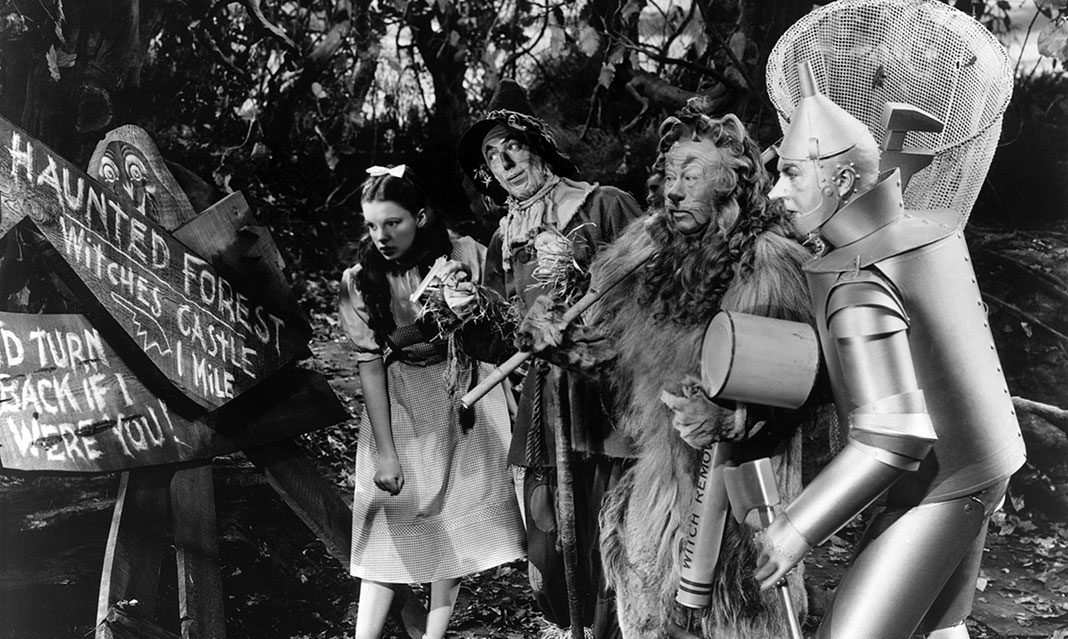The Wizard of Oz is one of the most notable fantasy films in American history. Directed by Victor Fleming, the film is known for its pioneering use of Technicolor, a method used in colour films. The familiar story of The Wizard of Oz remains one of America’s favourite films.
One of the most memorable scenes in the film is the transition from sepia to colour. Dorothy (Judy Garland) leaves her dull life in Kansas and enters the colourful world of Oz. The change in colour shocked the original audience because of the rareness of colour films in the 30s.
The soundtrack and music was also positively received by the audience. The Wizard of Oz won an academy award for Best Original Song for “Somewhere Over the Rainbow.”
The Wizard of Oz was considered “different” and “interesting” for its use of non-traditional characters, including a scarecrow, tin man, and talking lion. The film is still widely received and shown in modern theatres on special occasions.
It also touches on the theme of friendship. In Kansas, Dorothy does not have many friends. But once she embarks on her journey in Oz, she meets several friendly characters. Dorothy befriends Scarecrow (Ray Bolger), Tin Man (Jack Haley), and the Cowardly Lion (Bert Lahr). Throughout the film, Dorothy’s friends encourage and help her. Although she only knows them for a short amount of time, she expresses immense gratitude when she leaves Oz.
The film also deals with the anxieties of growing up. Dorothy leaves the comfort and familiarity of her home and travels to a foreign place. She enters a new world full of unknown terrors, like the infamous Wicked Witch of the West (Margaret Hamilton).
The film beautifully depicts dreams and adventures, but also shows the importance of home and appreciating what you have. Inevitably, Dorothy wants to return to her family. After all, there’s no place like home, as the film teaches us. The Wizard of Oz is a timeless classic that expresses themes that are still prevalent in the modern world.



